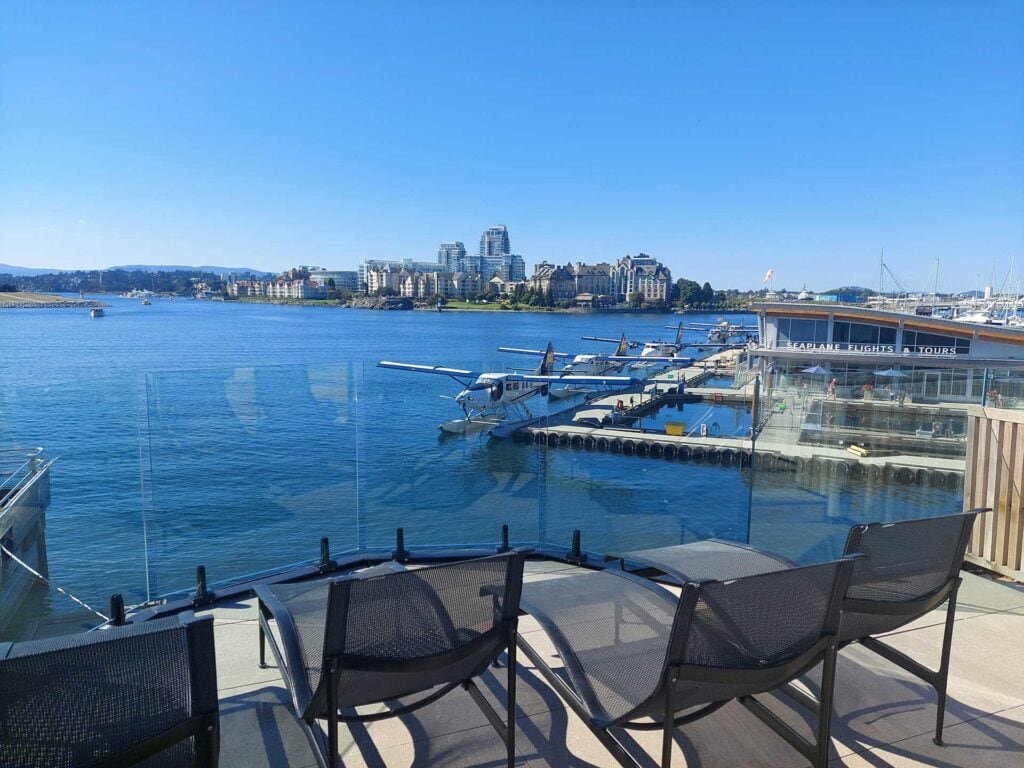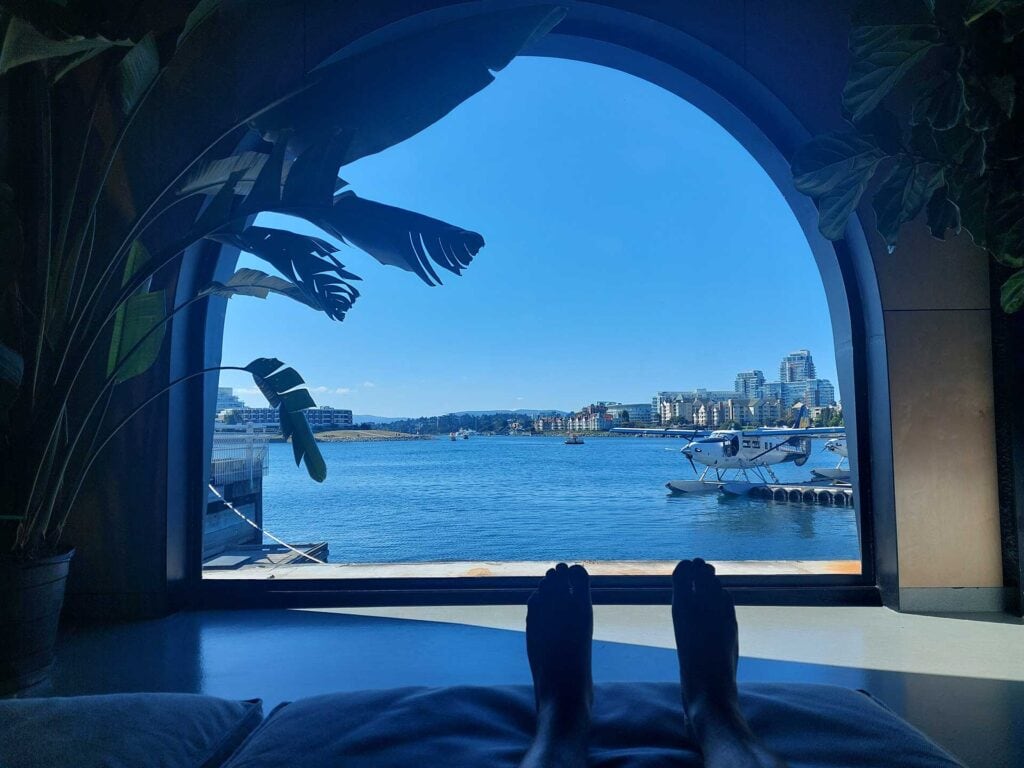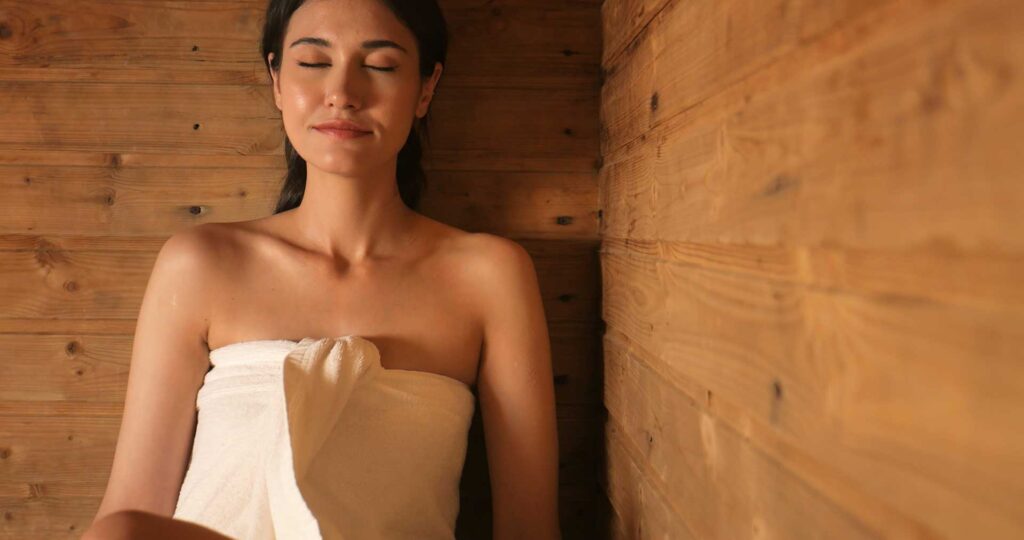A clean sauna is essential for both your wellness routine and the longevity of your investment. Whether you have an indoor sauna for daily rejuvenation or an outdoor sauna for weekend retreats, proper maintenance ensures your space remains a sanctuary of health and relaxation. Each component requires specific care to function at its best, from cedar walls to sauna benches, electric heaters, and ventilation systems.
Quick Reference Guide
Cleaning Frequency Based on Usage:
- Weekly (20-30 minutes): Quick wipe-down of benches and sweeping of floors
- Monthly/Quarterly (1-2 hours): Deep cleaning of heater, shuffling of rocks, inspection of lumber
- Annually (2-3 hours): Comprehensive maintenance check, washing the rocks, and deep clean
Essential Cleaning Supplies You Will Need
Soft Brush and Clean Cloths
A soft brush is recommended for gently scrubbing wooden or stainless steel surfaces without causing scratches or damage. Pair this with clean, absorbent cloths to effectively wipe down surfaces and absorb excess moisture after cleaning.
Mild Detergent
A damp cloth will be enough for most cleaning jobs. For tougher jobs, choose a mild detergent that’s safe for wood to avoid stripping the natural oils and finish from the sauna surfaces. A gentle formula confirms your sauna remains in good condition without harsh chemical residues.
Specialized Sauna Cleaner
Consider using a specialized sauna cleaner designed specifically for wooden structures. These products can effectively clean while protecting the wood’s integrity. They often contain natural ingredients that help preserve the wood’s appearance and aroma. Make sure you do your research first, to ensure the product is formulated for use in a sauna, and does not off-gas with the heat.
Eco-Friendly Cleaners
Opt for environmentally friendly cleaning solutions to maintain a chemical-free environment inside your sauna. These solutions are often biodegradable and non-toxic, ensuring users’ safety and health. Nothing is more eco-friendly than using a bucket of warm water.
Bucket and Warm Water
The most common tool for cleaning your sauna will be a bucket filled with warm water. If necessary, you can mix cleaning solutions into this, and rinse cloths during the cleaning process. Warm water helps loosen dirt and stains, making cleaning more effective.
⚠️ SAFETY WARNING!
Never use:
- Bleach or chlorine-based cleaners
- Ammonia products
- Harsh chemical cleaners
- Abrasive scrubbers
Sauna Maintenance Checklist
| Frequency | Task | Tools Needed | Notes |
| Weekly (Or After Each Use) | |||
| Wipe benches and backrests | Microfiber cloth, cleaning solution | Use gentle wood cleaner | |
| Sweep/vacuum floor | Soft broom/vacuum | Remove visible debris | |
| Ventilate space | None | Leave door & vents open | |
| Empty water containers | None | Prevent moisture buildup | |
| Monthly | |||
| Full surface cleaning | Wood cleaner, soft brush | Follow the wood grain pattern | |
| Glass/mirror cleaning | Non-abrasive glass cleaner | Avoid drips on wood | |
| Deep floor mopping | Wood-safe mop, cleaner | Ensure thorough drying | |
| Ventilation check | Flashlight | Check that all vents are clear | |
| Heater inspection | Cleaning tools, gloves | Must be cool & breaker shut off | |
| Stone cleaning/rotation | Large basin, water | Allow 24hrs to dry | |
| Seal inspection | Flashlight | Check all door seals | |
| Annually | |||
| Wood treatment | Wood oil, applicator | Follow the wood grain pattern | |
| Electrical safety check | Professional service | Licensed technician | |
| Deep stone cleaning | Hot Water | Remove damaged rocks | |
| Structural inspection | Inspection tools | Check joints/corners |
Important Notes:
- Always ensure the sauna is cool before cleaning
- Disconnect or turn the breaker off before inspecting the heater
- Use only approved cleaning products
- Test all cleaning products on a spare piece of cedar to ensure it does not discolour the wood
Preparing Your Sauna for Cleaning
Begin by turning off and allowing your outdoor or indoor sauna to fully cool. Disconnect or turn off the breaker for the heater. This is important for safety and to avoid damage when cleaning. Remove any items, such as towels or buckets, and establish that you have good lighting so that you can see all areas clearly.
Cleaning the Sauna Interior
Cleaning the interior of your sauna is essential for maintaining its aesthetic appeal and ensuring a hygienic environment. By following a structured cleaning routine, you can preserve the natural beauty of its wooden surfaces while ensuring a safe and enjoyable experience for every session.
1. Wipe Down the Benches to remove Sweat Stains
Start by gently wiping down the benches with a damp cloth soaked in warm water. This helps remove any sweat, oils, or residue left behind from previous sauna sessions, preventing the growth of bacteria and mold.
2. Clean the Dirt Off the Walls and Ceiling
Use the same bucket of warm water to wash the sauna walls and ceiling, paying special attention to areas that are prone to build-ups, such as corners and joints. Regular cleaning of these areas helps maintain the natural wood’s appearance and prevents discoloration.
3. Sweep and Mop the Floor
Before mopping, sweep the floor thoroughly to remove dirt, hair, or small debris that might have accumulated. Follow this by mopping with a mild detergent solution to make sure the floor is clean and free from any lingering grime or bacteria.
4. Address Stubborn Stains
For persistent stains, apply a soft brush gently to the affected area with a bit more pressure. Always be cautious to prevent any damage to the wood, using gentle strokes to preserve its natural finish.
5. Inspect and Clean Glass Surfaces
If your sauna has glass doors or windows, clean them with a safe, non-abrasive glass cleaner to remove fingerprints and streaks. Regularly cleaning the glass not only improves the sauna’s aesthetic but also allows for light to filter in, enhancing the sauna experience.
Cleaning the Sauna Heater and Stones
Cleaning the sauna heater and stones is essential for maintaining your sauna’s efficiency and longevity. Regular attention to these components confirms that the sauna operates safely and provides optimal heat distribution.
1. Turn off and Disconnect the Heater
Begin by establishing the heater is turned off and completely cool before you start any cleaning activity. This protects you from burns and prevents any electrical hazards during the cleaning process. The breaker must be off or the power must be disconnected before continuing.
2. Remove and Clean Stones
Carefully remove the sauna stones from the heater, taking note of their arrangement for reassembly. Rinse the stones thoroughly with clean water to remove any dust or residue build-up, and let them dry completely before placing them back. Stones need to be cleaned annually.
3. Inspect for Damage
While you have the stones removed, check them for any cracks or signs of wear that might affect their performance. Replace any damaged or worn stones with new ones to maintain efficient heat distribution. Ensure that nothing has fallen between the elements.
4. Wipe Down the Heater
Use a damp cloth to gently wipe the external surface of the heater, removing any grime or dust accumulation. Avoid soaking the heater to prevent any water damage to electrical components. You can use compressed air to clean out the inside of the heater, if any dust has fallen inside.
5. Check the Inside of the Heater
Inspect the inside of the heater to ensure it is not clogged with dust or debris, which could impede airflow and heater efficiency. Use a flashlight to look down below the rock tray. Use a small brush or vacuum to gently clear out any obstructions. Compressed air can be used to blow out dust.
6. Reassemble Carefully
Once everything is clean and dry, reassemble the stones into the heater, arranging them for optimal air circulation. Secure any components that may have been removed, ensuring everything is tight and properly positioned.
How to Manage Odour and Sanitization Guide for Saunas
Most sauna odors come from three primary sources, such as:
- Human perspiration
- Trapped moisture leading to mildew
- Natural wood aging
While some woody scents are pleasant and expected, others require immediate attention. The key is distinguishing between natural aromatics and problematic odors that signal the need for cleaning or maintenance.
Here are proven methods that balance cleanliness with material preservation:
Essential Oil Treatment
Mix these natural sanitizers with water in a spray bottle for a chemical-free cleaning solution:
Eucalyptus Oil (10 drops per 16 oz water)
- Provides natural antibacterial properties
- Creates an invigorating atmosphere
- Helps clear respiratory passages
Tea Tree Oil (8 drops per 16 oz water)
- Offers powerful antifungal properties
- Fights bacteria effectively
- Provides a clean, medicinal scent
Lavender Oil (12 drops per 16 oz water)
- Delivers gentle antimicrobial action
- Creates a calming environment
- Helps mask unwanted odors
Hydrogen Peroxide Solution
For deeper sanitization, create a natural disinfectant by mixing one part 3% hydrogen peroxide with ten parts water. This solution effectively kills bacteria without leaving harmful residues or damaging wood surfaces. Apply with a soft cloth, focusing on areas that receive the most skin contact, such as benches and backrests. Make sure you test on a sample piece of wood first.
How to Prevent Odor and Bacteria in Your Sauna?
Prevention is always more effective than treatment. Implement these practices to maintain a fresh-smelling sauna:
- Ventilation Management: Keep the sauna vents open for at least 30 minutes after the last session. This simple step allows moisture to escape and fresh air to circulate, significantly reducing the likelihood of mold and mildew development.
- Regular Cleaning Schedule: Maintain the cleaning schedule outlined in our maintenance checklist, paying special attention to the following:
- Benches and backrests after each use
- Floors and walls monthly
- Complete sanitization annually
- Moisture Control: Install a small dehumidifier or moisture-absorbing products in your sauna room when not in use. This helps prevent the growth of mold and mildew, particularly in humid climates or during rainy seasons.
When to Consider Professional Treatment?
While regular maintenance typically suffices, certain situations warrant professional intervention. Consider professional sanitization services if you notice the following:
- Persistent musty odors despite regular cleaning
- Visible mold or mildew growth
- Unusual discoloration on wood surfaces
- Strong, unpleasant odors that won’t dissipate
| Quick Refresh Techniques – Between deep cleaning sessions, maintain freshness with this quick solutions. Create a natural refreshing spray by combining the following: 2 cups distilled water, 1/4 cup white vinegar, 15 drops of your preferred essential oil. Spray lightly after each use, focusing on areas with direct skin contact. |
Tailor Your Wellness Experience: Discover Home Saunas Today
A clean sauna is integral to an enhanced sauna experience. By following these steps and investing a little time into regular maintenance, you’ll keep your sauna in pristine condition for years to come. Embrace the benefits of a well-maintained sauna and enjoy the wellness it provides.
Are you ready to create your own tranquil oasis at home? Home Saunas is here to help you transform your space into a luxurious retreat that promotes relaxation, wellness, and peace of mind. Our comprehensive range of DIY sauna kits and expert guidance make it easy for you to build your dream sauna. Our team is dedicated to helping you choose the perfect design and materials to suit your style and needs, ensuring you are satisfied from start to finish.
Contact Home Saunas today and open a new level of health, relaxation, and joy with your tailored sauna experience!






